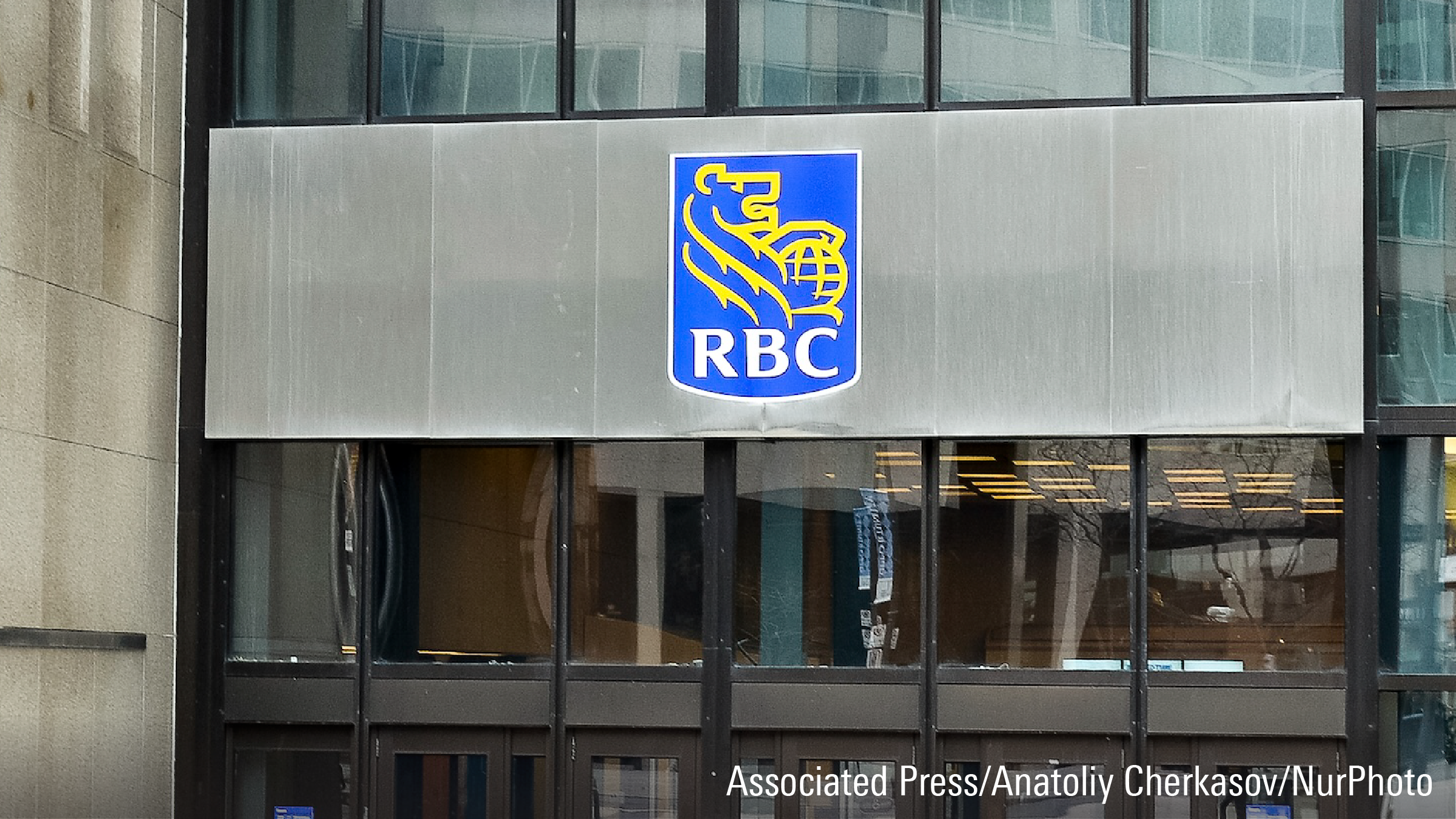![]() Canadian Oil Sands COS is the largest pure-play oil sands company, producing 110,000 barrels per day of high-quality light synthetic crude oil through its 36.74% interest in the Syncrude Joint Venture. The joint venture is the second-largest oil sands mining and upgrading project in Alberta, with 375,000 barrels per day of synthetic crude oil (SCO) capacity.
Canadian Oil Sands COS is the largest pure-play oil sands company, producing 110,000 barrels per day of high-quality light synthetic crude oil through its 36.74% interest in the Syncrude Joint Venture. The joint venture is the second-largest oil sands mining and upgrading project in Alberta, with 375,000 barrels per day of synthetic crude oil (SCO) capacity.
Investors' questions on COS centre on two key issues: Is the dividend sustainable, and will the historical share price relationship to West Texas Intermediate (WTI) benchmark reassert itself?
We think the current $1.40 per share dividend is sustainable, based upon our oil price assumptions, a decreasing capital program and Canadian Oil Sands' strong balance sheet that could absorb short-term volatility in oil prices. Based upon our analysis, we believe Canadian Oil Sands is well-positioned to increase its dividend by 29% to $1.80 per share in 2015 as its major capital programs wind down. However, we expect this increase to be temporary as capital spending rises beyond 2017.
One of the benefits of Canadian Oil Sands' single-asset exposure is a relatively transparent capital program over the next five to 10 years. Assuming no new capital projects, we expect the capital program to fall from $20 per barrel, or $1.1 billion per year, to $10 per barrel or $500 million by 2016. We expect capital spending to increase in 2017-18 as the Syncrude Joint Venture embarks on the Mildred Lake Mine Extension Project, with first oil in 2022. Not only do we believe that the spending trough beginning in 2015 has implications on its share price performance, as discussed below, but also we believe it has an effect on its ability to pay a higher dividend starting in 2015--and we believe company management will do just that.
In the past, Canadian Oil Sands has reacted to lower oil prices by slashing its dividend. Its response to the oil price collapse in 2008 was to cut its 2009 dividend by $2.40 per share, taking it from $3.00 to $0.60. While this volatile dividend policy may seem unusual relative to some of its peers such as Imperial Oil IMO, it is a product of Canadian Oil Sands' former status as an energy trust that paid out its income in the form of dividends.
With no assets aside from the Syncrude Joint Venture requiring additional capital, we fully expect management to return excess cash to shareholders through its dividend instead of building a cash balance. Its dividend is determined on a quarterly basis--which is a different policy than its peers that have annual reviews--so investors need to be prepared for volatility. The dividend continues to be determined based upon current and expected crude prices, economic conditions, operating performance and investment obligations. Furthermore, management has indicated a willingness to distribute more or less cash in a quarter than is generated from operating activities. We believe its increasing cash and its dividend policy support a dividend increase by 2015.
We believe Canadian Oil Sands has the ability to increase its dividend by 29% in 2015 to $1.80 per share for 2015 and 2016. This implies a dividend payout ratio of 1.17 in 2016. Debt levels would be within the target range from 2015-16, and debt to capital would remain well below 55%.
What has led to Canadian Oil Sands' underperformance?
We believe Canadian Oil Sands' recent share price weakness has been a result of its significant and ongoing capital program and the perceived risk of future dividend cuts. As we have previously discussed, we don't believe the current dividend is at risk of being curtailed. The misplaced concern over a dividend cut has resulted in a compelling 7% yield compared to the 6% average since 2008, and the 6% dividend yield based upon our fair value estimate.
Canadian Oil Sands' single-asset position and its unhedged exposure to commodity prices provide investors with a relatively pure play on oil. As a result, its stock has moved, almost lock-step, with WTI. However, a significant break in that occurred in late July 2010.
We believe the primary reason for the separation of WTI and Canadian Oil Sands' share price is the significant increase in per barrel capital spending and potential for reduced dividends after the company released its second-quarter 2010 results on July 29, 2010. In that filing, Canadian Oil Sands management was clearly telegraphing to the market the expectation of higher capital costs and lower distributions for the foreseeable future.
While the potential for lower dividends alone could account for a lower share price, we don't believe it explains the ongoing divergence of Canadian Oil Sands' share price and WTI. Furthermore, management has stated that it believes the current dividend is not at risk of any near-term curtailment, and we agree.
Instead, we believe the higher capital spending has driven a significant part of the price divergence. We have attempted to capture the impact of management's capital spending comments on the share price using historic capital spending from 2008 to the second quarter 2013, and projected quarterly spending from the third quarter 2013 to the fourth quarter 2014. We adjusted the data by including a rolling 12-month capital spending projection from July 30, 2010 in attempt to reflect market expectations of future capital spending over the period. Management provided increased estimates of its major capital projects as part of its first quarter 2011 results on April 28, 2011. We believe the estimated capital program was higher and expected to take longer than originally anticipated by the market, and as a result this event cemented the break between the share price and WTI.
Once the current capital program comes to an end in 2015, we expect improved capital efficiency. However, because of what we see as a permanent deterioration of capital efficiency from the need to invest greater amounts relative to the past to maintain production, we believe the relationship the stock previously had with WTI is broken.
--The above is a summary of a Morningstar research report prepared for institutional investors. To download a PDF version of the full report, click here.















